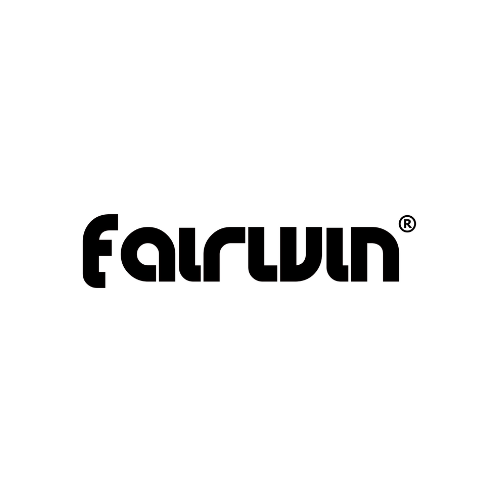
Leather Belt vs. Ratchet Belt — Which One Should You Wear?
Share
Choosing between a classic leather belt and a modern ratchet belt comes down to fit, function and the look you want. Both have solid use cases—here’s a clear, practical comparison to help you pick the right belt for your needs.
Quick overview
-
Leather belt: timeless, dress-friendly, ages well.
-
Ratchet belt: hole-free, micro-adjustable, ultra-practical — often featuring a ratchet belt buckle for precise fit.
Fit & adjustability
Leather belt
Holes set fixed increments (usually 1 inch apart). That can leave you feeling a bit too tight or too loose after meals or activity.
Ratchet belt
Uses a track + ratchet belt buckle to give micro-adjustments (small clicks). If you want the most precise fit, the ratchet wins — it’s why many prefer ratchet belts for men who need comfort all day.
Style & occasions
Leather belt
Best for formal or vintage looks. Dress leather belts with a simple prong buckle are the go-to for suits and business wear. A good leather belt also develops character as it’s worn.
Ratchet belt
Great for casual, travel, and everyday wear — and there are dressier ratchet styles too. Modern ratchet belts combine a low-profile buckle with clean straps that work with jeans, chinos, or even business-casual looks.
Durability & maintenance
Leather belt
High-quality full-grain leather can last for years but needs care: conditioners and avoiding moisture. Holes eventually stretch with heavy use.
Ratchet belt
No holes means less wear at the fastening points. Buckles are mechanical parts so you’ll want a sturdy ratchet belt buckle (metal over cheap zinc). A well-built ratchet belt can be one of the best ratchet belt options for longevity.
Comfort & daily use
Leather belt
Comfort depends on fit. It’s fine for daily wear but less forgiving if your waist fluctuates.
Ratchet belt
Micro-adjustments let you loosen after a big meal or tighten before a hike. That adaptability makes ratchet belts ideal for long commutes, travel, or active days.
Special use: carrying gear or CCW
If you carry gear, a reinforced belt is important. Many ratchet gun belt systems and purpose-built gun belts use rigid cores and heavy-duty buckles to prevent sagging. Some leather belts are reinforced too, but for heavy loads a dual-layer tactical or ratchet EDC belt is often more reliable.
Pros & cons — at a glance
Leather belt
-
Pros: classic look, good for formal wear, ages well.
-
Cons: fixed holes, can stretch, needs maintenance.
Ratchet belt
-
Pros: precise micro-adjustment, no-hole durability, very comfortable.
-
Cons: mechanical buckle can fail if cheap; style varies (not all look dressy).
Buying tips
-
For leather: choose full-grain or top-grain leather and a solid prong buckle.
-
For ratchet: check the buckle build (steel/aluminum), track quality, and strap material. Look for reviews calling something the best ratchet belt if you want proven reliability.
-
Width: ~1.25–1.5" for casual/dress; 1.5–2" for tactical/EDC use.
-
If you carry gear, opt for reinforced, dual-layer construction.
Final recommendation
If you want classic style for suits and formal settings, go with a leather belt. If you value comfort, precise fit, and on-the-go adjustability, a ratchet belt with a high-quality ratchet belt buckle is a smart daily choice. Many guys keep one of each: a leather belt for dress and a ratchet belt for everything else.
Whichever you pick, choose quality — the right belt should make you feel secure, comfortable, and ready to go.

